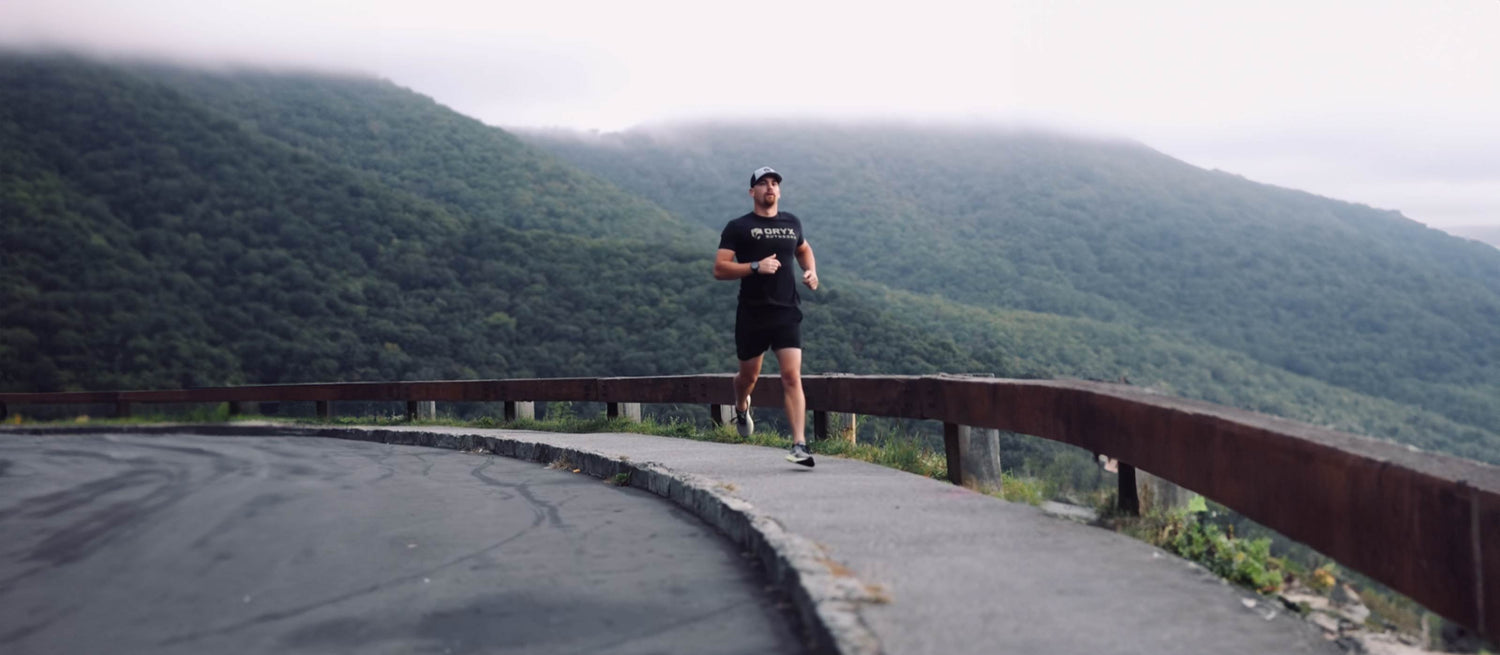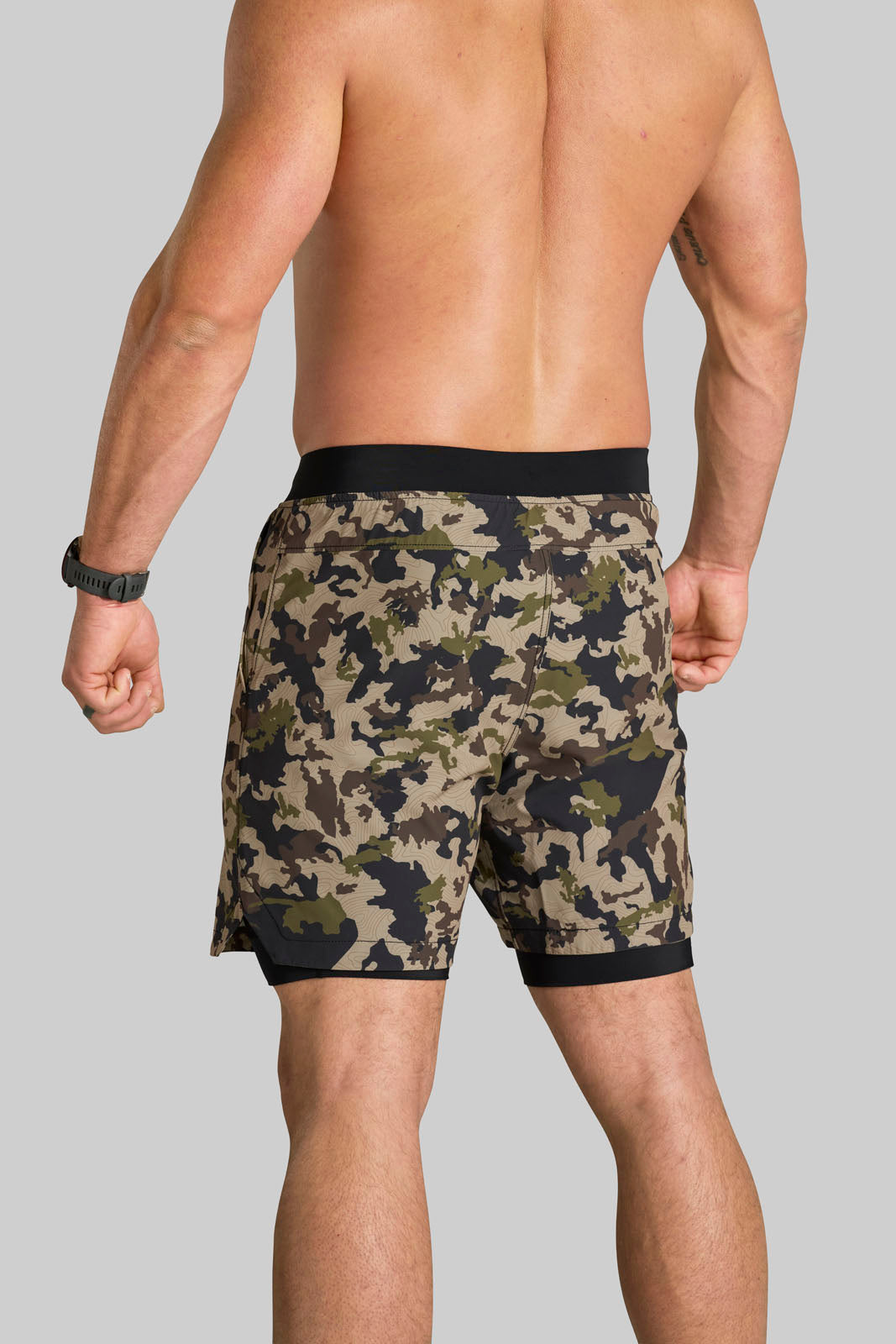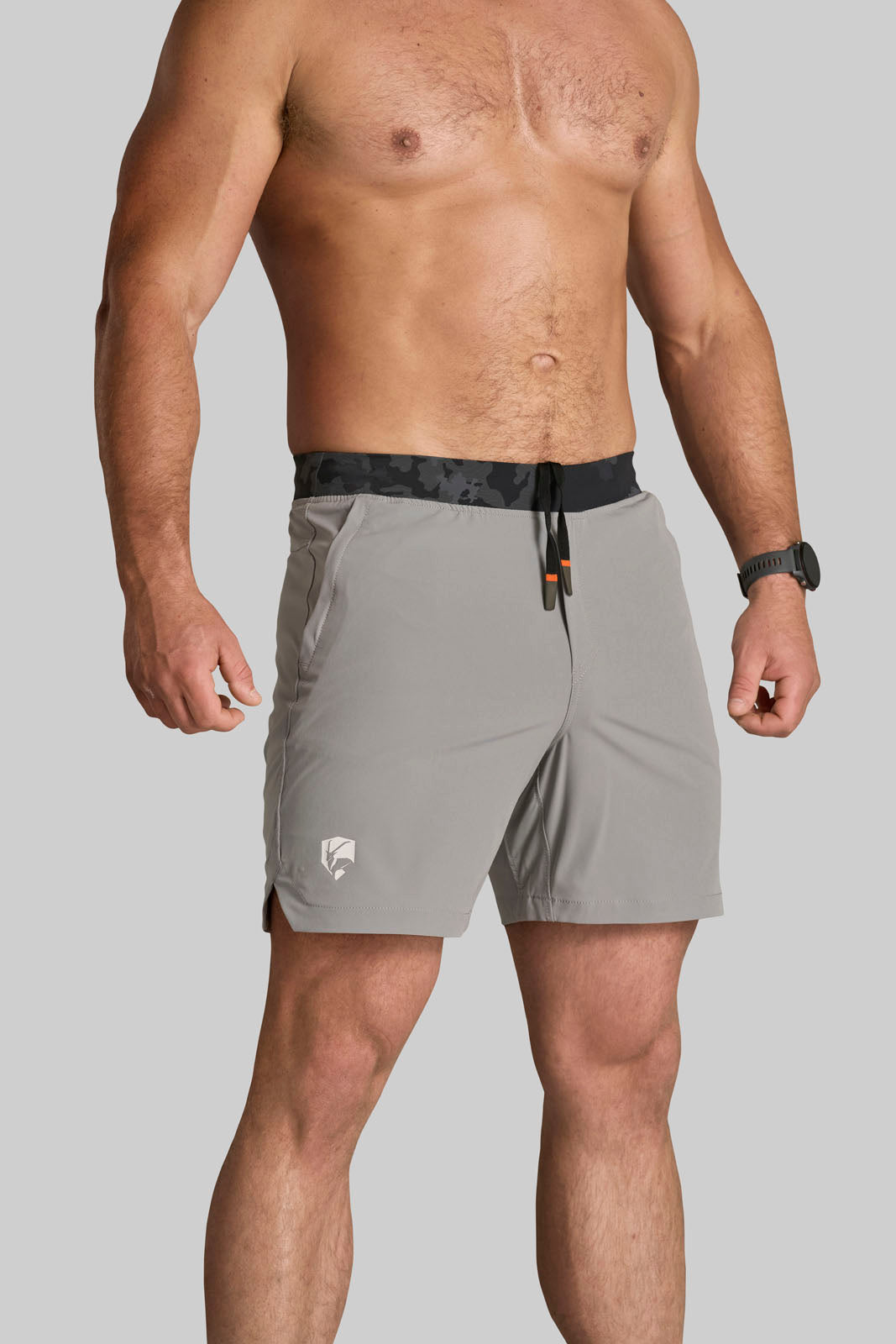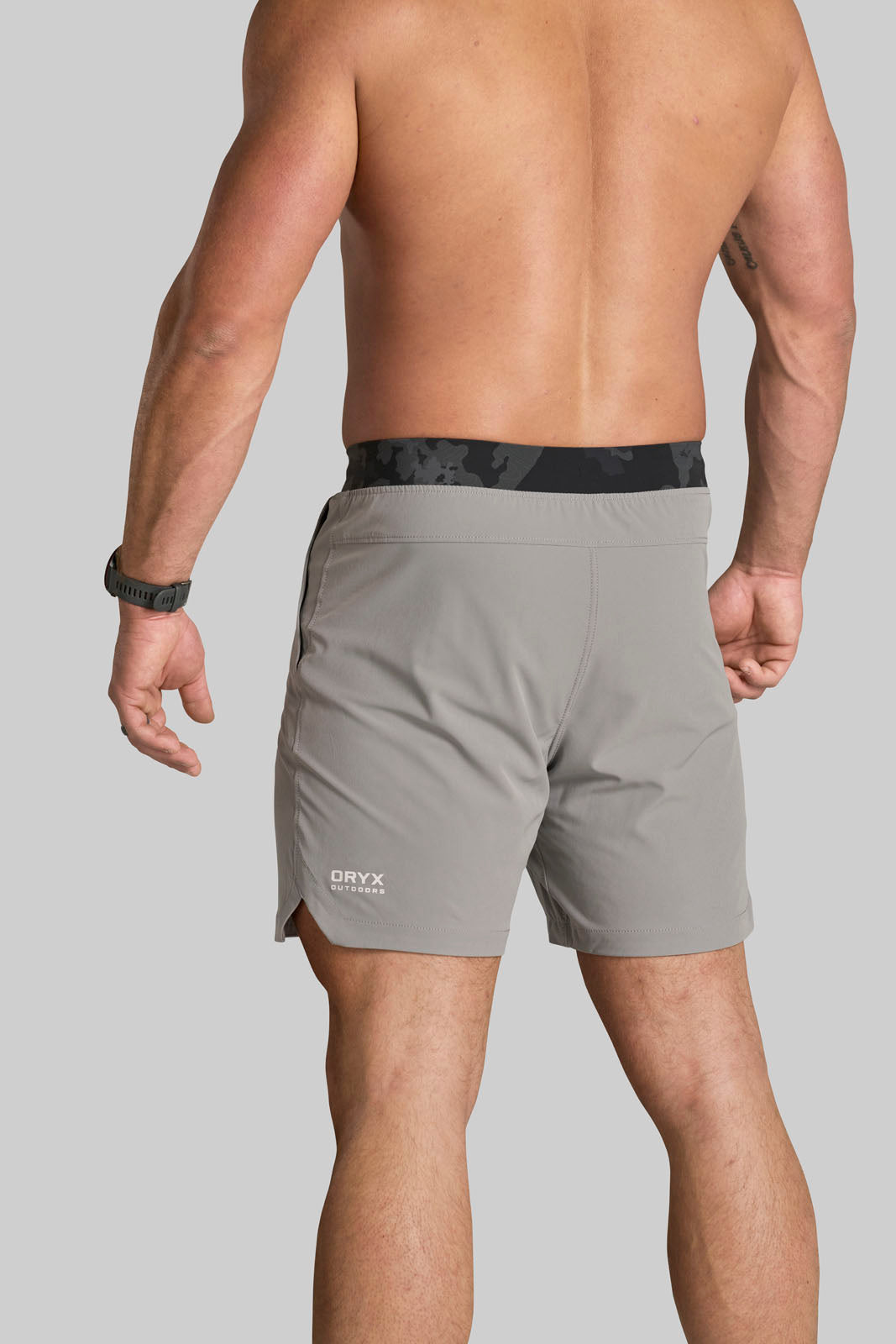More Than Miles in the Mountains
When most hunters think about preparing for elk or whitetail season, the first thing that comes to mind is cardio—long hikes, endless miles on the treadmill, and rucking with a weighted pack. And yes, endurance is critical. But if you’re relying on cardio alone, you’re only preparing for half the challenge.
Big game hunts demand bursts of power and strength in moments that cardio simply can’t cover. Think of leaping across deadfall, sprinting to cut off a moving herd, or straining under the crushing load of a pack-out. Those are explosive demands, and they separate the hunter who can go the distance from the one who can finish the job.
At Oryx Outdoors, we believe in building the complete hunter-athlete. That means training for both the long grind and the short bursts of raw power. Here’s why explosive training matters and how you can add it to your routine.
The Gap Between Endurance and Power
Cardio training builds aerobic capacity, stamina, and the ability to grind through long hunts. But what happens when you need to:
- Sprint 60 yards uphill to intercept an elk moving through the timber?
- Explosively pull a bow after hours of fatigue?
- Climb a rock face or deadfall when the herd is on the move?
Endurance won’t save you here—power will. Explosive training builds fast-twitch muscle fibers, which allow you to generate force quickly. This isn’t just about athletic performance; it’s about hunting success.
Explosive Training for Hunters: The Benefits
Improved Pack-Out Strength
- Power lifts like cleans and snatches mimic the sudden, heavy lifting needed to shoulder quarters of meat.
- The stronger and more explosive your hips and legs, the more efficiently you’ll handle heavy loads.
Better Stability and Injury Prevention
- Jumps, plyometrics, and explosive resistance work improve joint integrity and core strength, keeping you safe on uneven terrain.
Faster Reaction Time
- Hunting often comes down to moments—draw now, step forward now, move when the wind shifts. Explosive power gives you the ability to act decisively.
Mental Edge
- Power training is uncomfortable. The grit it builds translates directly into the discomfort of long, cold hunts.
 Core Movements: Explosiveness in the Weight Room
Core Movements: Explosiveness in the Weight Room
You don’t need to train like a professional sprinter, but you do need a foundation of movements that build quick, forceful power.
Olympic Lifts (Power Cleans, Snatches)
- Build hip drive and total-body coordination.
- Best for developing raw, explosive power.
- Program: 3–5 sets of 3 reps, 1–2x per week.
Train Olympic lifts in Threshold Shorts - durable enough for barbell work, flexible enough to move with you.
Box Jumps
- Mimic the explosive leg drive needed for climbing, jumping deadfall, or quick movements uphill.
- Program: 3–4 sets of 8–10 reps, focusing on height and form.
Kettlebell Swings
- Hip-dominant movement that builds endurance and explosive strength at the same time.
- Program: 4–5 sets of 15–20 reps.
Medicine Ball Slams/Throws
- Develop core rotation and power—exactly what you need for drawing a bow or stabilizing under a pack.
- Program: 4–5 sets of 12 slams or rotational throws.
Sprint Intervals
- Nothing simulates the sudden burst of chasing elk like a sprint session.
- Program: 8–10 sprints of 100 meters, rest 90 seconds between efforts.
Balancing Endurance and Power
The hunter-athlete’s program should look different than a traditional endurance runner’s or a powerlifter’s. You need a hybrid plan that combines:
- 2–3 days of strength/power training (Olympic lifts, box jumps, heavy squats).
- 2–3 days of endurance/rucking (long hikes, zone 2 cardio, pack training).
- 1–2 days of mobility/recovery (stretching, yoga, light rucking).
This balance ensures you’re prepared for both the long grind of the hunt and the bursts of effort that come with it.
The Role of Nutrition in Explosiveness
Explosive training demands fuel. Hunters who neglect nutrition can’t expect peak performance. Focus on:
- Carbohydrates: Your body’s primary fuel for explosive work (sweet potatoes, oats, rice).
- Protein: For muscle repair and growth (wild game, lean beef, protein shakes).
- Creatine: A proven supplement that enhances short-term power output—ideal for explosive training.
- Electrolytes: Keep muscles firing and prevent cramps during intense sessions.
 Recovery: Don’t Skip It
Recovery: Don’t Skip It
Power training is tough on the nervous system and joints. Recovery isn’t optional; it’s required.
- Stretch hips, ankles, and shoulders to maintain range of motion.
- Contrast showers or ice baths can help reduce soreness.
- Sleep 7–9 hours a night to let your body adapt.
Explosive Training in the Hunt
Here’s how explosive training pays off in the field:
- You’re glassing when an elk bugle sounds close. Instead of trudging, you sprint uphill and arrive in position before the herd moves through.
- You’ve been hiking all day, but when the shot presents itself, your body stabilizes instantly, bow arm locked, and your core steady.
- The elk is down, and now comes the pack-out. Each lift of the quarter feels like a clean from the gym—something you’ve trained for all year.
- Explosiveness isn’t theoretical; it’s practical. It’s the difference between opportunity lost and success carried out of the timber.
Sample Week: Hybrid Hunter Program
Day 1: Power Cleans, Box Jumps, Farmer’s Carries
Day 2: Long Ruck (60+ minutes with pack)
Day 3: Squats, Pull-Ups, Medicine Ball Throws
Day 4: Sprint Intervals + Mobility
Day 5: Kettlebell Swings, Deadlifts, Core Work
Day 6: Zone 2 Cardio (run, bike, row)
Day 7: Rest or Active Recovery
This balance keeps you conditioned, strong, and ready for any situation in the backcountry.

The Mental Game of Power Training
Cardio builds grit through repetition and fatigue. Explosive training builds confidence by proving you can generate force under stress. Every box jump, every sprint, every heavy clean reinforces the belief that you’re ready for whatever the mountain throws at you.
Training for the Complete Hunter
Hunting isn’t an endurance race, and it isn’t a powerlifting meet—it’s both. The hunter-athlete who only trains cardio will struggle in explosive moments. The lifter who ignores endurance won’t last the long hikes. The complete hunter trains for both.
At Oryx Outdoors, we design gear for exactly that kind of athlete—the one who is Always in Pursuit. Whether you’re hammering sprint intervals in Pace Maker Shorts or grinding through Olympic lifts in Threshold Shorts, every piece is built to move seamlessly from barbell to backcountry.
Train smart. Hunt hard. And remember—the pursuit isn’t just about miles. It’s about moments. Explosive power ensures you’re ready when those moments come.








